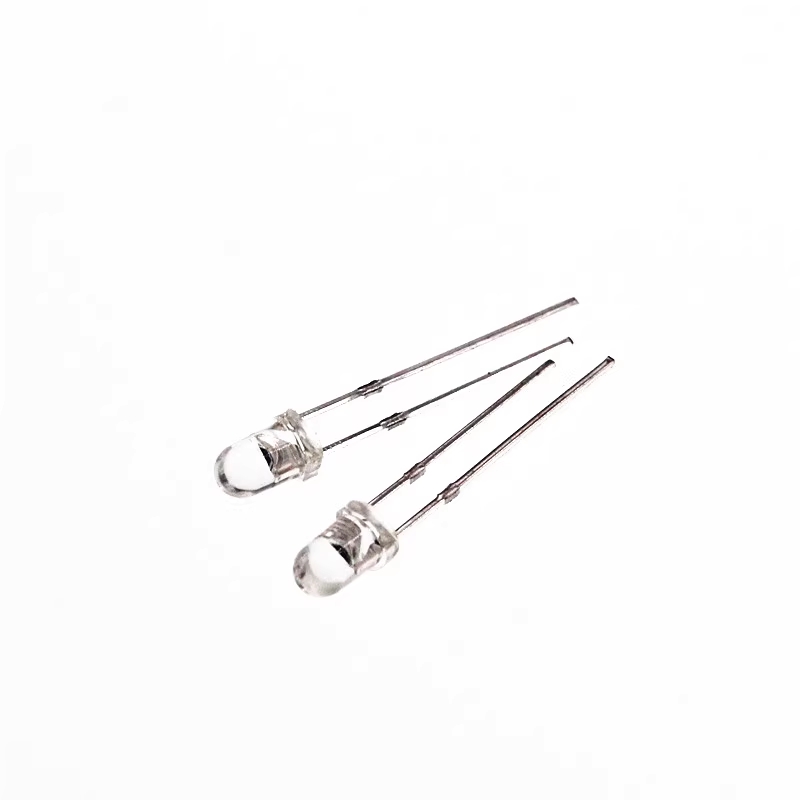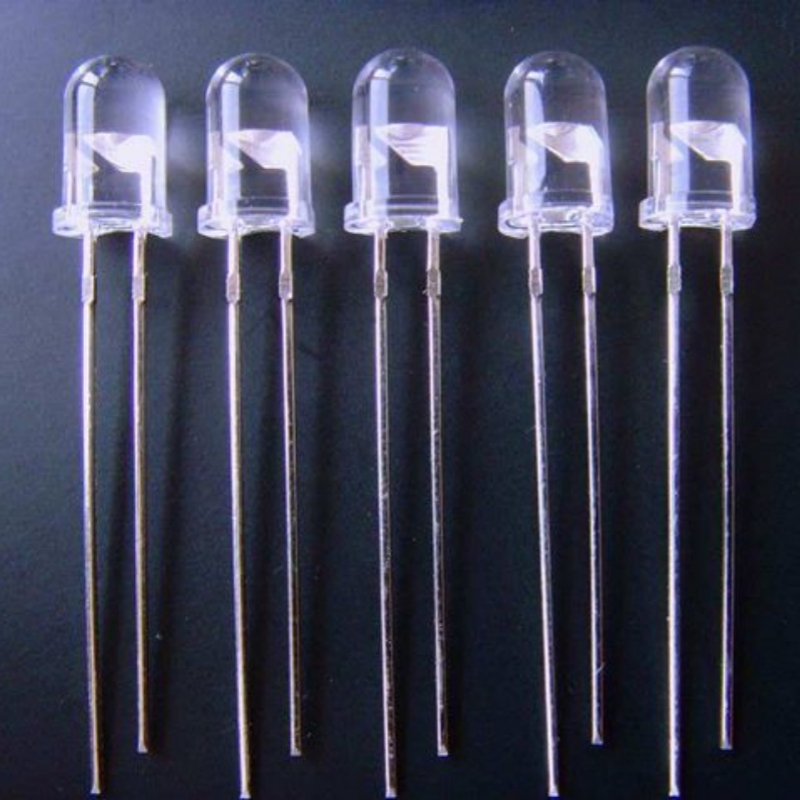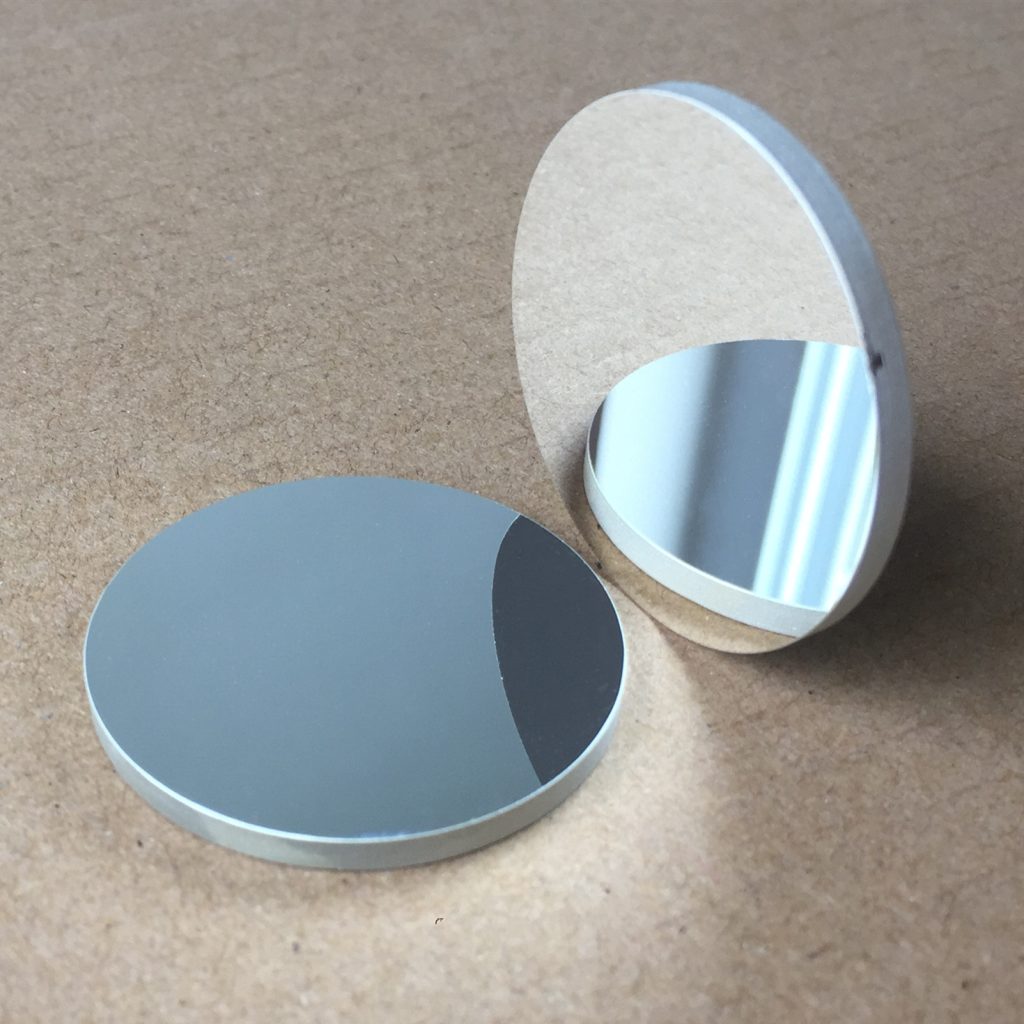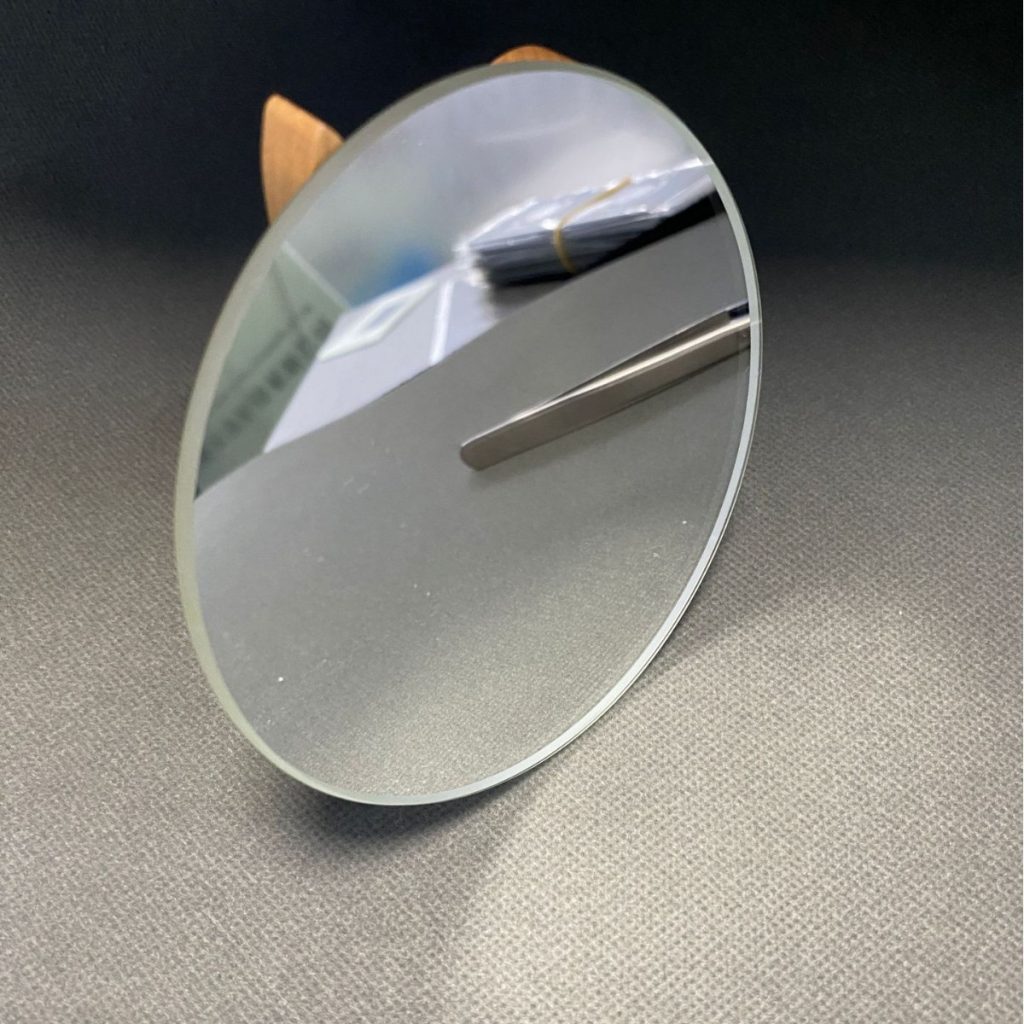Magnesium fluoride rectangular window is a high-performance optical component known for its excellent transparency, durability, and resistance to environmental degradation. Engineered from MgF₂, it offers superior optical clarity across ultraviolet and infrared wavelengths, making it an essential material for spectroscopy, aerospace applications, laser systems, and scientific instrumentation. Its low refractive index and moisture resistance ensure long-term stability in precision optical technologies.
Product Overview
The magnesium fluoride rectangular window is a commonly used optical component, primarily serving as a protective window for electronic sensors or external environment detectors. It separates the interior of an instrument from the external environment, ensuring the stability and reliable operation of the optical system. Magnesium fluoride, as a basic optical material, offers excellent optical performance and provides good transmission in the ultraviolet (UV), visible, and infrared (IR) ranges. Its precise processing and polishing techniques ensure the dimensional accuracy and optical performance of the window.
Key Features
- Excellent Optical Performance: Offers good transmission in the UV, visible, and infrared wavelengths, making it suitable for a wide range of optical applications.
- Durable Material: Magnesium fluoride is a tough material that, through precision machining and polishing, meets high standards of performance.
- Precision Dimensions and Tolerances: Provides precise dimensional control and tolerances, meeting the stringent requirements of various optical systems.
- Custom Coating Options: Can be coated according to requirements (e.g., MgF₂, UV-AR, UV-VIS) to enhance anti-reflection properties and overall optical performance.
Applications
- Electronic Sensor Protection Windows: Commonly used to separate the internal and external environments of instruments, protecting sensitive electronic components from contamination.
- Optical Systems: Widely used in lasers, spectrometers, microscopes, and other optical instruments as efficient optical lenses and window materials.
- UV and IR Optical Applications: Suitable for transmission in the UV, visible, and infrared ranges, making it ideal for precision imaging and signal transmission applications.
- Research and Military Applications: Plays a vital role in research and military optical systems that require high stability and precision.
| Optical Property | Value |
| Transmission Range | 0.12-9 μm |
| Transmittance | >90%@0.193-6μm |
| Refractive Index | NO=1.566, Ne=1.568@0.13μm |
| NO=1.334, Ne=1.343@5μm | |
| Reflection Loss | 11.2%@0.12μm (both surfaces) |
| 5.7%@0.22μm (both surfaces) | |
| 5.1%@1μm (both surfaces) | |
| Absorption Coefficient | 40×10⁻³@2.7μm |
| Structure | Square Crystal System |
| Cleavage Planes | <100 |
| Physical Property | Value |
| Density | 3.177 g/cm³ |
| Melting Point | 1255 ℃ |
| Thermal Conductivity | 21 W/(m·K) //c, 33.6⊥c @ 300K |
| Thermal Expansion | 13.7×10⁻⁶/K //c, 8.9×10⁻⁶/K ⊥c @ 373K |
| Knoop Hardness | 415 kg/mm² |
| Specific Heat Capacity | 1003 J/(kg·K) |
| Dielectric Constant | 4.87 //c, 5.44⊥c @ 1MHz |
| Young's Modulus | 138.5 GPa |
| Shear Modulus | 54.66 GPa |
| Bulk Modulus | 101.32 GPa |
| Poisson's Coefficient | 0.276 |
| Chemical Property | Value |
| Solubility | 0.002 g/L @ 20℃ |
| Molecular Weight | 62.3018 g/mol |
| Parameter | Range |
| Diameter Range | 2-300 mm |
| Thickness | 0.12-60 mm |
| Surface Finish | 80-50, 60-40, 40-20, 20-10, 10-5 |
| Surface Accuracy | λ/2, λ/4, λ/8, λ/10 |
| Parallelism | <3' - 30" |
| Aperture Transmission | >90% |
| Coating | Customizable |
Submit Your RequirementsWe will contact you within 24 hours.
 WOBO Scientific Research New Materials One-Stop Service Platform
WOBO Scientific Research New Materials One-Stop Service Platform











